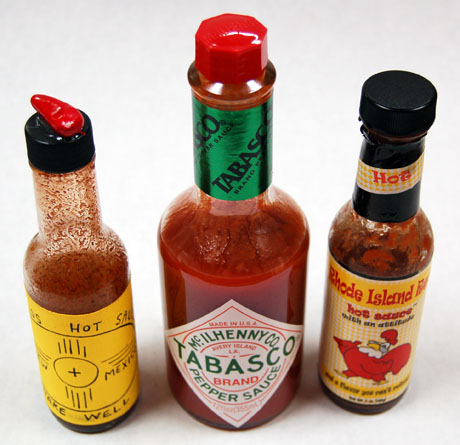It’s the basic foundation that all marketing is build upon. Understanding that a great story is the best vehicle to command attention and drive message awareness. If that’s the case, why do so many marketing professionals fail miserably at story telling? In a nutshell, they’re too eager to get to the punch line, the happy ending or in our world what we like to call the “big payoff.” In other words, they are too busy selling and not focused on telling a proper story.
Telling a story is easy. Telling a great story that leaves the audience captivated is a craft that takes time, dedication and pure talent to master. All great stories contain certain elements that draw the reader in. Think of the great characters in literature – Steinbeck’s Tom Joad, Abby’s Hayduke or Nichols’ Joe Mondragon. These characters are filled with complex traits, each facing internal struggles, self doubt, heartache, joy, uncertainty, defeat and success. What makes these characters come alive is that they are portrayed as humans. They aren’t perfect, they don’t live in a perfect world and sometimes things don’t go their way. The audience emotionally connects with these things, they’ve been there, they’ve felt that way and have experienced these same emotions and struggles. When presented with this type of a story they want to stick with it and invest their time into finding out what happens in the end. Your audience is willing to make it to the “big payoff” but they want to earn it. They deserve something with substance, not a sales pitch.
So, the next time you’re working out concepts for that new campaign, keep the story in mind. Here are a few elements that any story must contain to be captivating: Tension, drama, emotion, connection, anxiety, self-doubt, internal struggle, conflict, joy, defeat and success. How you incorporate these things into your work is the difference between telling a good story and a great story.
And sometimes…the best stories told are the ones that can convey all of these things without saying a single word. That’s a brand that has confidence in who it is.
Now get out there and start telling great stories.





